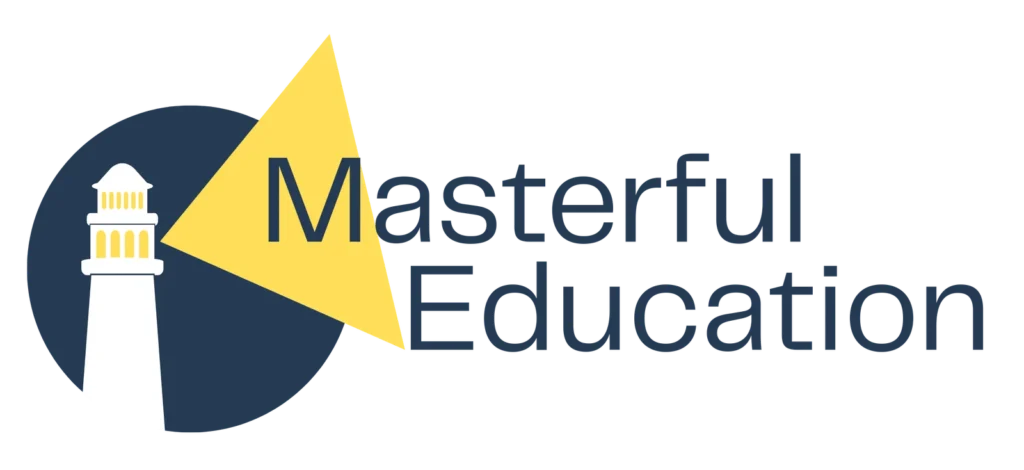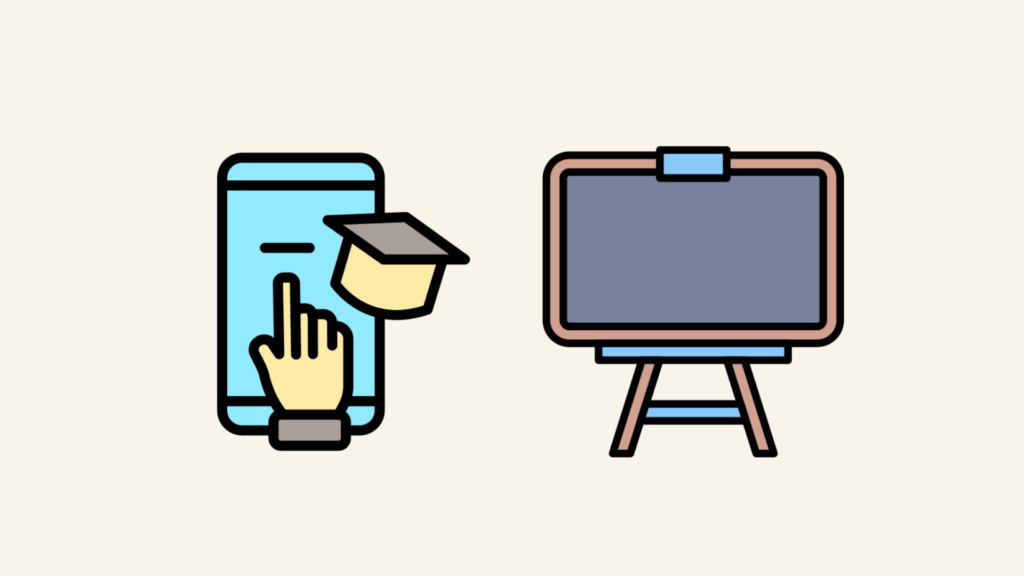In an era defined by rapid technological advancement, education is undergoing a transformation. Traditional classroom teaching is no longer the sole mode of instruction. Instead, schools and educators are embracing blended learning – an innovative approach that combines the strengths of online and offline learning. This hybrid model not only caters to the diverse needs of students but also equips them with the skills needed to thrive in a digital-first world.
Understanding Blended Learning
Blended learning integrates face-to-face instruction with online learning components, allowing students to benefit from both methods. It is not merely about replacing chalkboards with digital screens; rather, it involves creating a seamless learning experience that leverages technology to enhance engagement, accessibility, and flexibility. Students might attend in-person classes for discussions, group activities, and hands-on projects while engaging with digital platforms for video lessons, quizzes, and self-paced exercises.
Benefits of Blended Learning
1. Personalized Learning: Blended learning allows for customization of lessons to suit individual learning styles and paces. Online platforms can provide adaptive content, ensuring students focus on areas where they need the most improvement while allowing advanced learners to move ahead.
2. Flexibility and Accessibility: With online resources available 24/7, students can access materials anytime, anywhere. This flexibility is particularly beneficial for students who need additional time to grasp concepts or for those balancing other commitments.
3. Enhanced Engagement: Interactive online tools, such as gamified quizzes and multimedia content, can make learning more engaging. Coupled with the social and collaborative aspects of in-person classes, students are more likely to stay motivated.
4. Development of Digital Skills: As technology becomes integral to the workplace, blended learning equips students with essential digital literacy skills, preparing them for future careers.
5. Teacher Efficiency: Blended learning can streamline administrative tasks for teachers. Automated grading, digital attendance, and readily available analytics allow educators to focus more on teaching and mentoring.
Challenges in Blended Learning
Despite its advantages, blended learning comes with its set of challenges:
1. Digital Divide: Not all students have access to reliable internet or devices, creating an inequity in learning opportunities. Schools need to address this gap to ensure no student is left behind.
2. Teacher Training: Implementing blended learning requires teachers to be adept at using digital tools. Professional development programs are essential to equip educators with the necessary skills.
3. Balancing Online and Offline Elements: Striking the right balance between in-person and online activities is crucial. Over-reliance on either mode can undermine the effectiveness of the approach.
4. Student Accountability: While online learning promotes self-directed study, some students may struggle with time management and motivation, requiring additional support and monitoring.
Implementing Blended Learning Effectively
To maximize the potential of blended learning, schools can adopt the following strategies:
1. Invest in Infrastructure: Ensure that every student has access to the necessary technology. Partnering with local businesses or government initiatives can help bridge the digital divide.
2. Professional Development: Conduct regular training sessions for teachers to familiarize them with digital tools and innovative teaching strategies. Encourage peer collaboration to share best practices.
3. Start Small: Pilot blended learning in specific subjects or grade levels before scaling up. This allows for testing and refining the approach based on feedback.
4. Engage Stakeholders: Involve parents, students, and teachers in the planning process. Clear communication about the goals and benefits of blended learning helps build trust and buy-in.
5. Use Data-Driven Insights: Leverage analytics from online platforms to monitor student progress, identify gaps, and tailor interventions. This ensures that blended learning remains responsive to individual needs.
Successful Blended Learning Models
Several schools and institutions worldwide have implemented blended learning with remarkable success:
1. The Flipped Classroom: In this model, students watch video lectures or review materials at home and use class time for discussions and problem-solving. This approach fosters active learning and collaboration.
2. Station Rotation: Students rotate between different learning stations, including online activities, teacher-led instruction, and group work.
3. Enriched Virtual Model: Primarily online, this model includes occasional in-person sessions for labs, workshops, or exams.
4. Individualized Learning Pathways: Platforms like Khan Academy and Google Classroom enable teachers to create tailored learning journeys for students, blending digital content with classroom teaching.
The Future of Blended Learning
Blended learning represents a paradigm shift in education, bridging the gap between traditional methods and modern innovations. By fostering adaptability, collaboration, and digital fluency, it prepares students for the complexities of the 21st century. However, its success hinges on thoughtful implementation and addressing challenges head-on.
As schools continue to explore and refine blended learning models, one thing is clear: this approach has the potential to create more inclusive, engaging, and effective learning environments, truly offering the best of both worlds.


